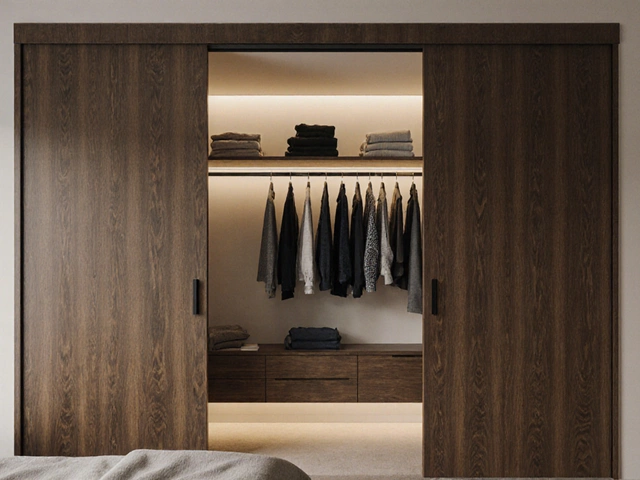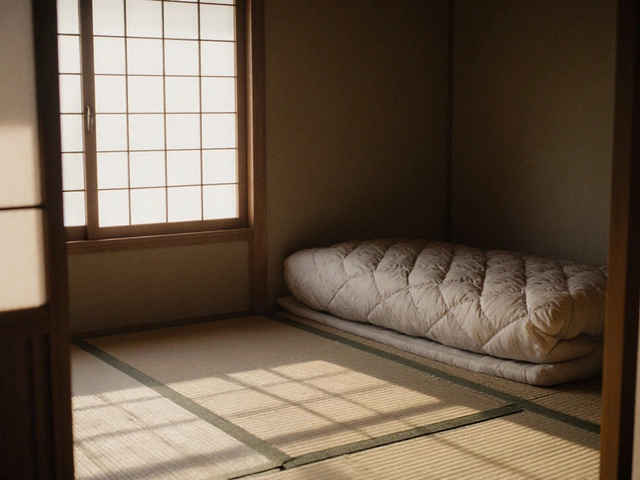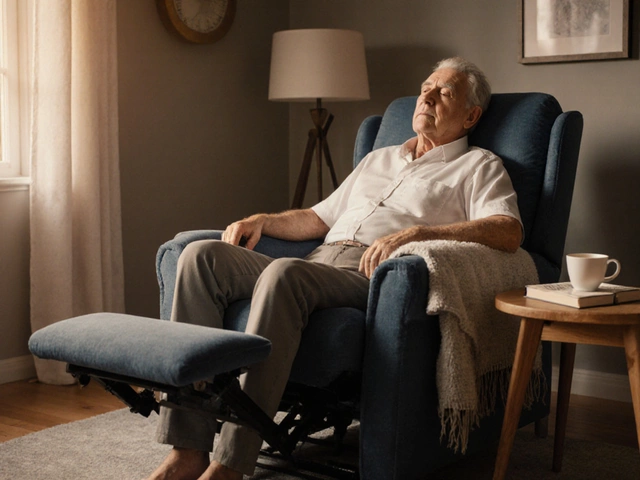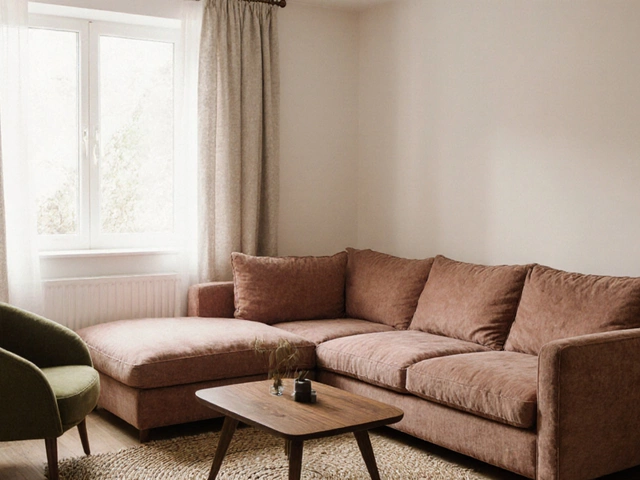Medical Recliner Chair – Find the Right Fit for Health & Comfort
When you or a loved one need a chair that does more than just sit, a medical recliner chair becomes a game‑changer. It’s not just a regular recliner; it’s built to support mobility, back health, and everyday tasks like reading or watching TV. Below you’ll get straight‑forward advice on what to look for, how to test a chair, and which features actually matter.
Key Features That Matter
First off, focus on the recline mechanism. A smooth, electric or pneumatic system lets you adjust the back and leg rests without strain. If the user has limited hand strength, look for a push‑button or remote‑controlled option. Next, check the seat depth and width. A deeper seat fits taller people, while a narrower one eases transfers from wheelchairs.
Support is another big deal. Look for lumbar cushions that can be lifted or removed, and sturdy armrests that pivot or fold away. Some models include built‑in weight‑shifting controls, which help users roll or shift position without getting up. Safety hinges are a must – they lock the chair in place when it’s upright, preventing accidental falls.
Choosing the Right Size and Style
Measure the space where the chair will sit before you buy. Leave at least 30 cm of clearance on each side for easy access. If the bedroom already has a built‑in wardrobe, consider a low‑profile chair that slides under a bed or fits into a nook.
Materials affect both comfort and durability. Leather looks sleek but can get sticky in warm rooms, while breathable fabrics stay cool and are easier to clean. For a medical setting, anti‑bacterial upholstery is a smart pick.
Price ranges are wide. A basic manual recliner can start around £300, while high‑end electric models with massage and heat may top £2,000. Decide what features you can’t live without, then set a realistic budget.
Finally, test the chair if you can. Sit down, press the recline button, and see how the legs extend. Make sure the footrest doesn’t hit the floor too hard and that the backrest supports the spine at a natural angle. If the chair feels shaky or the controls are stiff, keep looking.
In short, a medical recliner chair should blend comfort, safety, and easy operation. By checking the recline system, support features, size, and material, you’ll pick a chair that truly helps the user stay relaxed and independent. Happy hunting!
Is Lazyboy Recliner Covered by Medicare?
Discover if Lazyboy recliners are eligible for Medicare coverage. This guide delves into the conditions under which medical seating might be approved, shedding light on the process for securing Medicare assistance for recliner purchases. Understand the alignment of Lazyboy products with healthcare needs, and explore the potential benefits and limitations involved. Equip yourself with expert insights to make informed furniture decisions related to elderly or medical care.







